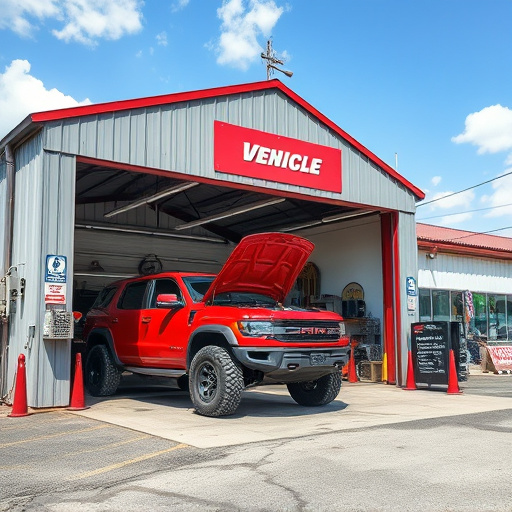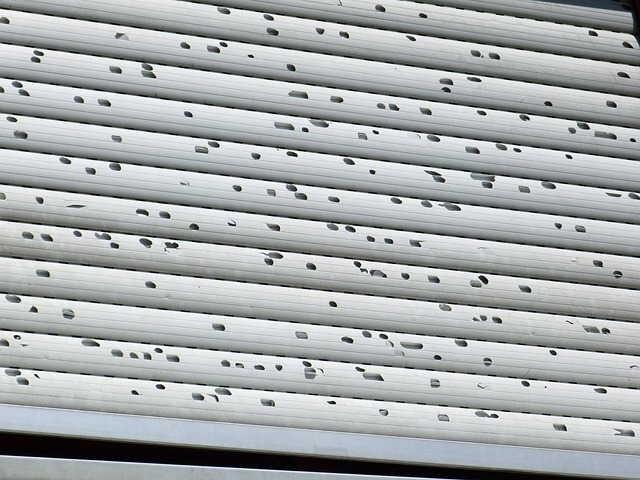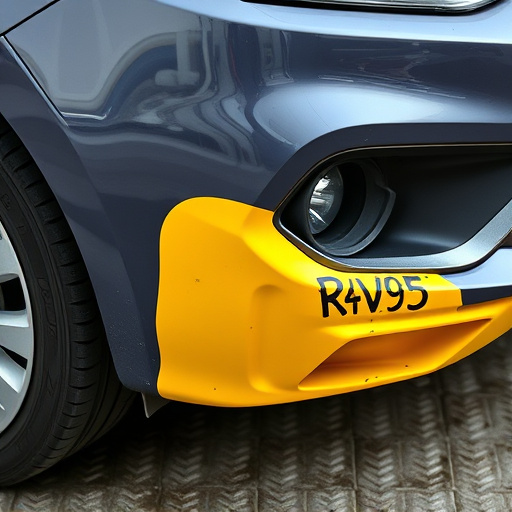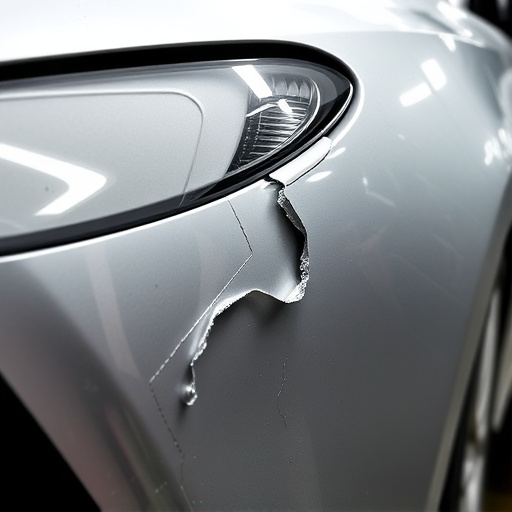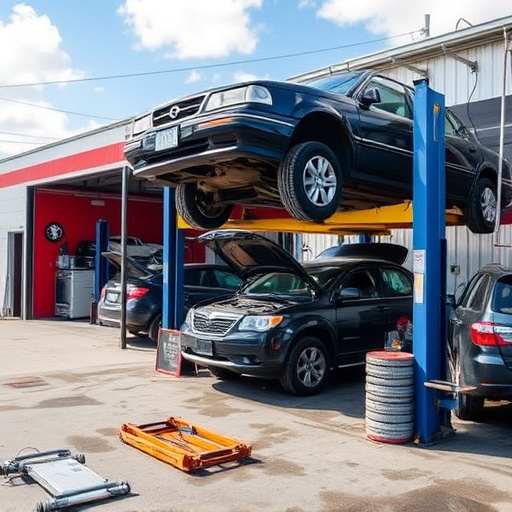Tesla drive units, integral to the brand's performance and efficiency, require meticulous inspection by technicians who assess motor health, electrical connections, and power electronics management. Thermal dynamics are crucial for optimal performance and lifespan, mirroring premium vehicle maintenance. Specialized inspections, paired with paintless dent repair, ensure Tesla drive units function at peak levels, addressing potential issues early and maintaining the vehicle's aesthetic.
“Unveiling the Heart of Electric Propulsion: A Comprehensive Guide to Tesla Drive Unit Inspection and Thermal Management. This in-depth exploration delves into the intricate world of Tesla’s cutting-edge drive units, dissecting their functionality, and thermal management systems. From understanding the key components—motor, inverter, controller—to a detailed step-by-step inspection process, this article equips readers with vital knowledge for maintenance and optimal performance. Discover best practices for thermal management, crucial for prolonging the life of these advanced electric propulsion systems.”
- Understanding Tesla Drive Units: Components and Functionality
- – Overview of Tesla drive unit architecture
- – Key components: Motor, inverter, controller, and power electronics
Understanding Tesla Drive Units: Components and Functionality

Tesla drive units are complex systems that form the heart of the vehicle’s propulsion and control mechanisms. Comprised of various components such as electric motors, power electronics, and advanced computer modules, each unit plays a crucial role in delivering Tesla’s signature performance and efficiency. During a Tesla drive unit inspection, technicians delve into these intricate parts to ensure optimal functionality and longevity. This meticulous process involves evaluating the motor’s health, checking electrical connections for any damage or wear, and scrutinizing the power electronics system responsible for managing energy flow.
Understanding the interplay between these components is essential for effective thermal management evaluation. Tesla vehicles are renowned for their cutting-edge technology, and proper temperature regulation ensures peak performance and extends the drive unit’s lifespan. By analyzing heat distribution patterns and implementing targeted cooling strategies, body shop services can contribute to the overall maintenance of these high-performance systems, keeping them in top shape, much like how a Mercedes Benz repair workshop maintains luxury vehicles’ intricate mechanisms.
– Overview of Tesla drive unit architecture

The Tesla drive unit is a complex assembly that forms the heart of the vehicle’s electric propulsion system. It seamlessly integrates powerful electric motors, advanced inverters, and sophisticated control electronics to deliver exceptional performance and efficiency. This compact yet robust architecture enables Tesla vehicles to achieve impressive acceleration and range while maintaining optimal thermal stability under various driving conditions.
Tesla’s innovative design incorporates cutting-edge cooling systems and heat management strategies to ensure the drive unit operates within its rated temperature parameters. These include liquid cooling mechanisms, strategic thermal interfaces, and efficient heat dissipation components. Regular inspection of these critical elements is essential for maintaining peak performance. Auto body shops offering specialized Tesla drive unit inspection services can identify potential issues early on, ensuring optimal thermal management and prolonging the life of this vital component—a service that’s particularly valuable when coupled with paintless dent repair techniques to minimize disruptions to the vehicle’s sleek design.
– Key components: Motor, inverter, controller, and power electronics

The Tesla drive unit is a complex system comprised of several key components that work harmoniously to deliver optimal performance and efficiency. At the heart of this power train lies the electric motor, responsible for converting electrical energy into mechanical motion. This highly advanced motor is designed to provide instant torque, ensuring swift acceleration. Alongside the motor, the inverter plays a pivotal role in controlling the flow of electricity from the battery to the motor, enabling precise speed regulation and smooth operation.
The controller acts as the central brain, managing and optimizing the entire drive unit. It receives input from various sensors and adjusts the motor’s performance accordingly, ensuring the vehicle adheres to driver commands and maintains efficient energy usage. The power electronics component is integral to the system’s thermal management, as it controls and distributes power while monitoring temperature levels, safeguarding against potential damage caused by overheating. A thorough Tesla drive unit inspection should consider these components’ integrity and functionality to ensure the vehicle’s overall performance and longevity.
Tesla drive unit inspection and thermal management are essential aspects of maintaining the performance and longevity of electric vehicles. By understanding the intricate components—motor, inverter, controller, and power electronics—and their roles in the overall architecture, technicians can effectively perform regular checks and evaluations. This ensures optimal operating temperatures, identifies potential issues early on, and ultimately contributes to the efficient and safe operation of Tesla vehicles.



